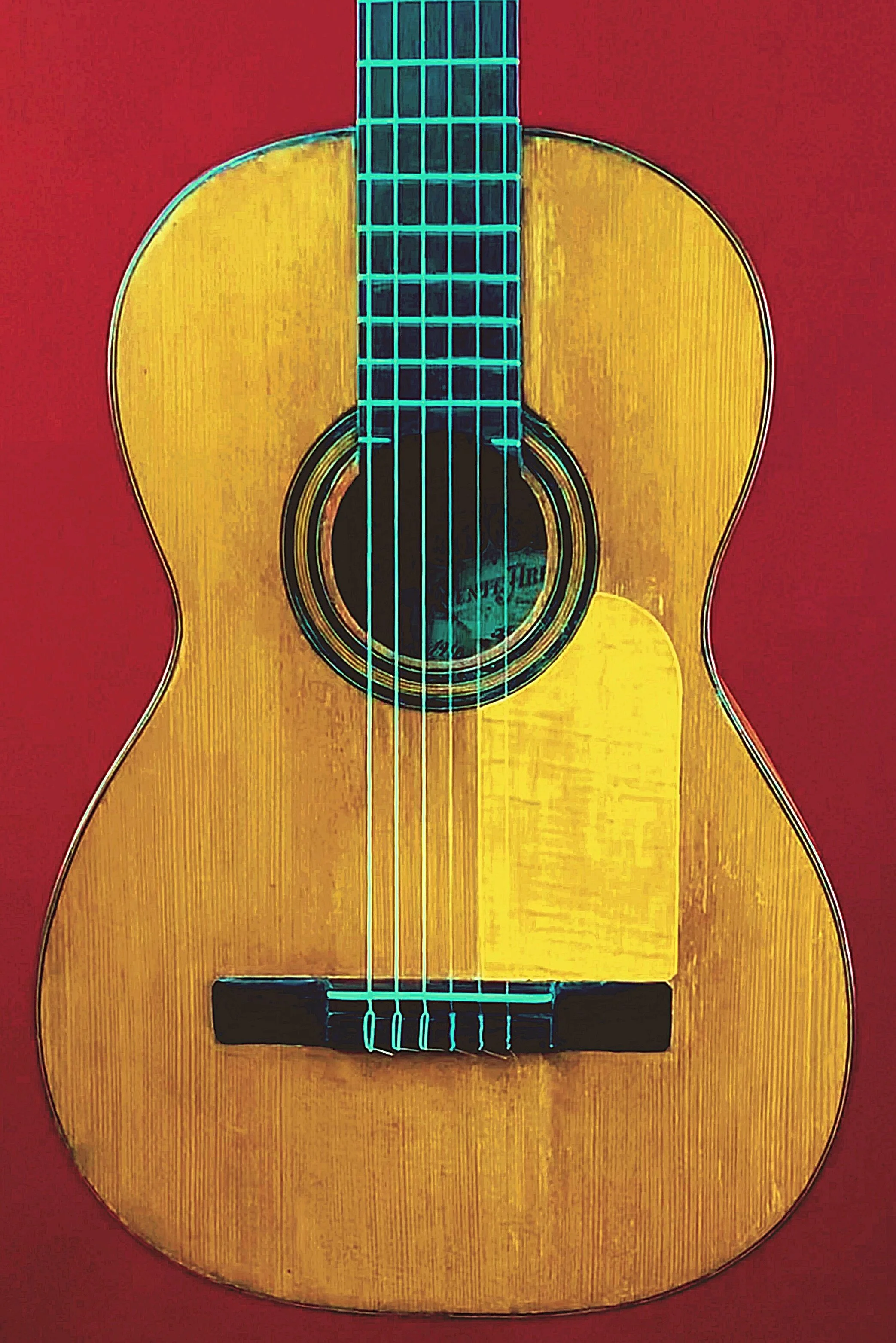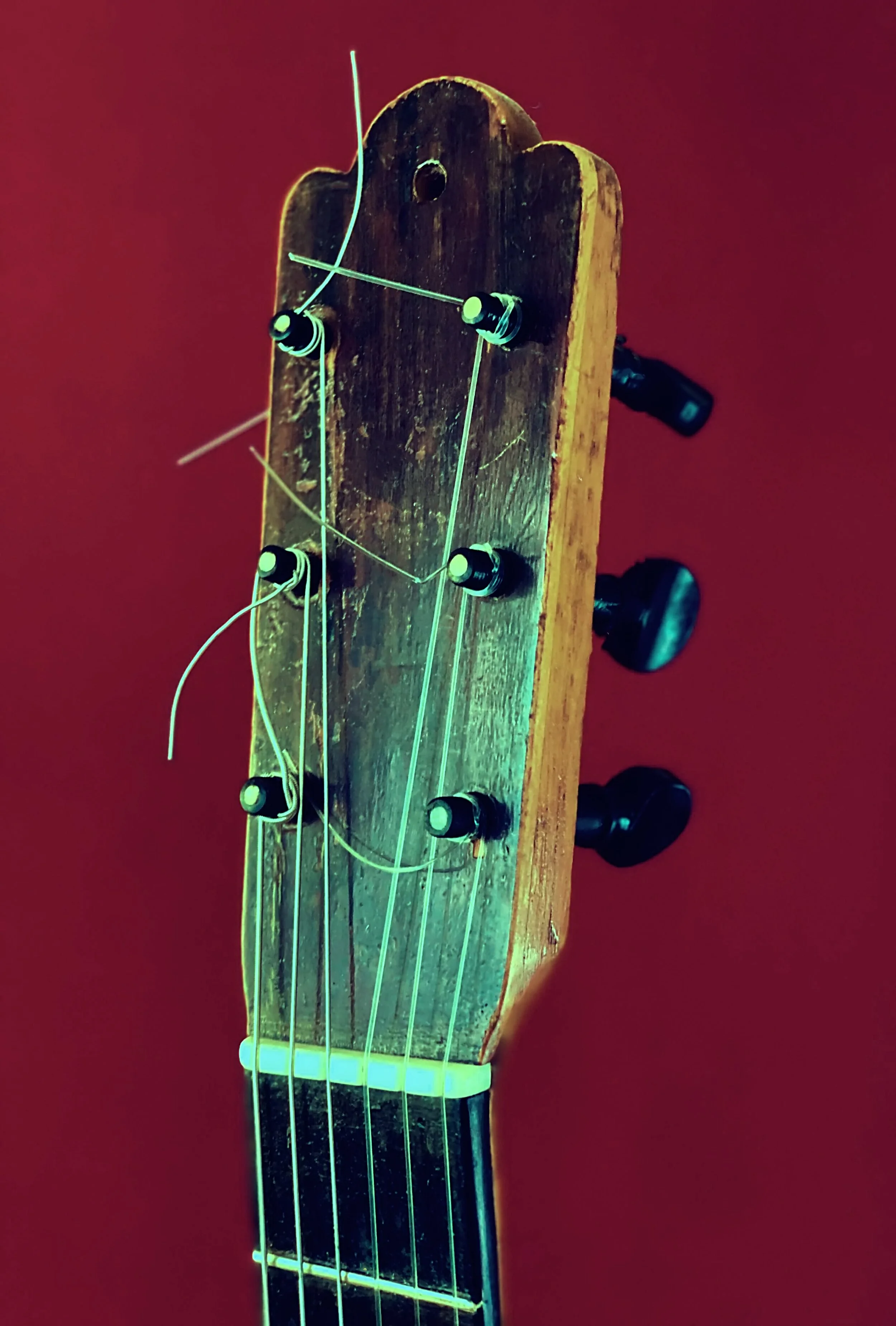1910 Vicente Arias Flamenco Guitar
1910 Vicente Arias Flamenco Guitar
Make: Vicente Arias
Model: Flamenco Guitar
Model Year: 1910
Top: German Spruce
Back & Sides: Spanish cypress
Fingerboard: Ebony
Scale: 625mm
Nut: 50 mm
Finish: French Polish
Tuners: Original
Upper bout: 240mm
Waist: 195mm
Lower bout: 325mm
Body length: 447mm
Depth at neck: 82mm
Depth at tail: 87mm
Sound hole: 82mm
Weight: 835 gm
Country of origin: Spain
Condition: Used - Restored
Location: Tucson
Notes: Available worldwide.
Vicente Arias (1833–1914) stands as a distinguished figure in 19th-century luthiery, creating instruments that rivaled the elegance and craftsmanship of the legendary Antonio de Torres. Born in Alcázar de San Juan, Ciudad Real, Arias began his journey as a guitar maker around 1860. A fascinating anecdote, recounted by Emilio Pujol, highlights Arias’s collaboration with the renowned guitarist Francisco Tárrega in 1878–1879. Tárrega commissioned Arias to craft a discreet, compact guitar that could be hidden beneath his cape, allowing him to strengthen his fingers in private. This story reflects Arias’s ingenuity and ability to meet the unique needs of his clients. Arias continued to produce exquisite guitars until his death.
Arias’s legacy is further underscored by his workshop relocations over the years, reflecting his growing reputation and success. Records show that he worked in Ciudad Real until at least 1900 before moving to Madrid. His first workshop in Madrid was at Álamo 3, followed by Huertas No. 29 in 1904 and Calle Santa Isabel No. 20 between 1908 and 1909. By 1910, he had returned to Álamo 3, and his final known workshop was at Álamo 10 in 1912, marking the culmination of his illustrious career.
This particular guitar is a testament to Arias’s artistry and craftsmanship. It underwent a meticulous restoration by Aaron Garcia Ruiz, a highly skilled luthier and musicology professor specializing in museum-quality restorations. Aaron’s expertise ensured the guitar was not only structurally revitalized but also preserved as an exceptional example of Arias’s work. Today, this instrument stands as a playable piece of musical history, embodying the masterful craftsmanship and enduring legacy of Vicente Arias.









